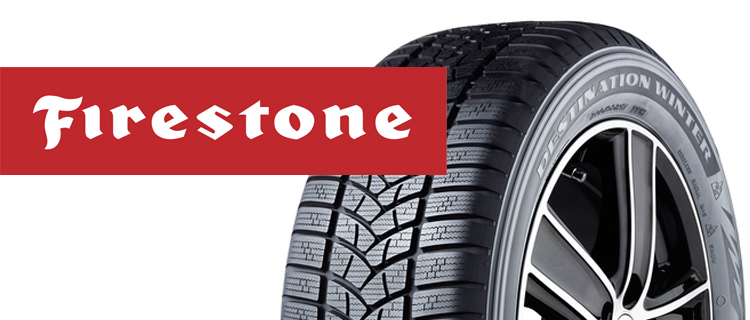Beginner’s Guide to Firestone Winter Tire Maintenance
November 21, 2020
Winter Tires

Today’s post draws Firestone winter tire maintenance tips straight from the Bridgestone/Firestone Tire Maintenance, Safety, and Warranty Manual. Read on or find a TIRECRAFT near you for more expert advice.
Inflate, Rotate, Evaluate: Firestone winter tire care basics
Boiled down to its essence, Firestone winter tire maintenance is summed in three simple steps:
- Inflate—Check your tire pressure monthly
- Rotate—Rotate your tires as recommended by the vehicle manufacturer
- Evaluate—Regularly check for signs of tread wear or damage
But there’s more to this 3-step process than meets the eye. Let’s take a closer look at each of these guidelines to make sure you’re getting the most out of your Firestone winter tires this year.
Follow the manufacturer’s instructions to inflate your Firestone winter tires
Even the best winter tires need to be inflated regularly. In normal conditions, Firestone winter tires can lose 1 pound per square inch (PSI) per month. But with winter around the corner, your tires are at even greater risk of deflation, as tires lose an additional 1 psi per 5°C drop in temperature.
Underinflation creates a whole host of problems for your Firestone winter tires:
- Underinflation overloads tires, which may cause tire tread wear
- Low tire pressure leaves too much rubber on the road, adding rolling resistance that adds up at the pump
- Lower pressure increases heat, which may cause tire damage
To check your tire inflation, invest in the right tools and commit to monthly checks with a tire gauge when your tires are cold. Your eyes won’t be able to spot the difference between 20 psi and 30 psi, even though your tires will definitely feel it!
Firestone recommends the following simple process:
- Check the recommended psi in the owner’s manual or driver’s-side door jamb area
- Remove the tire valve
- Place the end of the tire gauge over the valve
- Press the tire gauge straight and firmly until the scale extends
- Inflate tires as needed, rechecking with tire gauge between fills
- Replace the valve cap
Rotate your Firestone winter tires as recommended
TIRECRAFT recommends scheduling a tire rotation after every 10,000km or 6 months of driving. You can also conduct a visual check, looking out for the following problems:
- Exposed tread bars
- Irregular shoulder wear
- Excessive shoulder wear
- Center wear
If you notice any of these issues, it’s time to book a rotation service for your Firestone winter tires.
Evaluate your Firestone winter tires properly
Firestone/Bridgestone recommends including the following in your routine inspection:
- Tire manufacture date, which can be found listed as the last four digits of your Firestone winter tire serial code (first 2 digits refer to the week, last 2 to the year)
- Look for cuts, cracks, splits, or bruises in the tread and sidewall areas
- Inspect the tires for adequate tread depth
- Inspect tires for uneven wear
- Look for bent or cracked wheels requiring replacements
- Check the spare tire
If you notice any of these warning signs, it’s time to book a maintenance service for your Firestone winter tires, and TIRECRAFT can help.
Book a Firestone winter tire repair at your local TIRECRAFT
Whether you need quality repairs or brand-new Firestone winter tires, we can help. And with more than 220 locations around the country, help is closer than you think!
Use the Find a TIRECRAFT tool to locate a Firestone winter tire specialist near you.
Back

